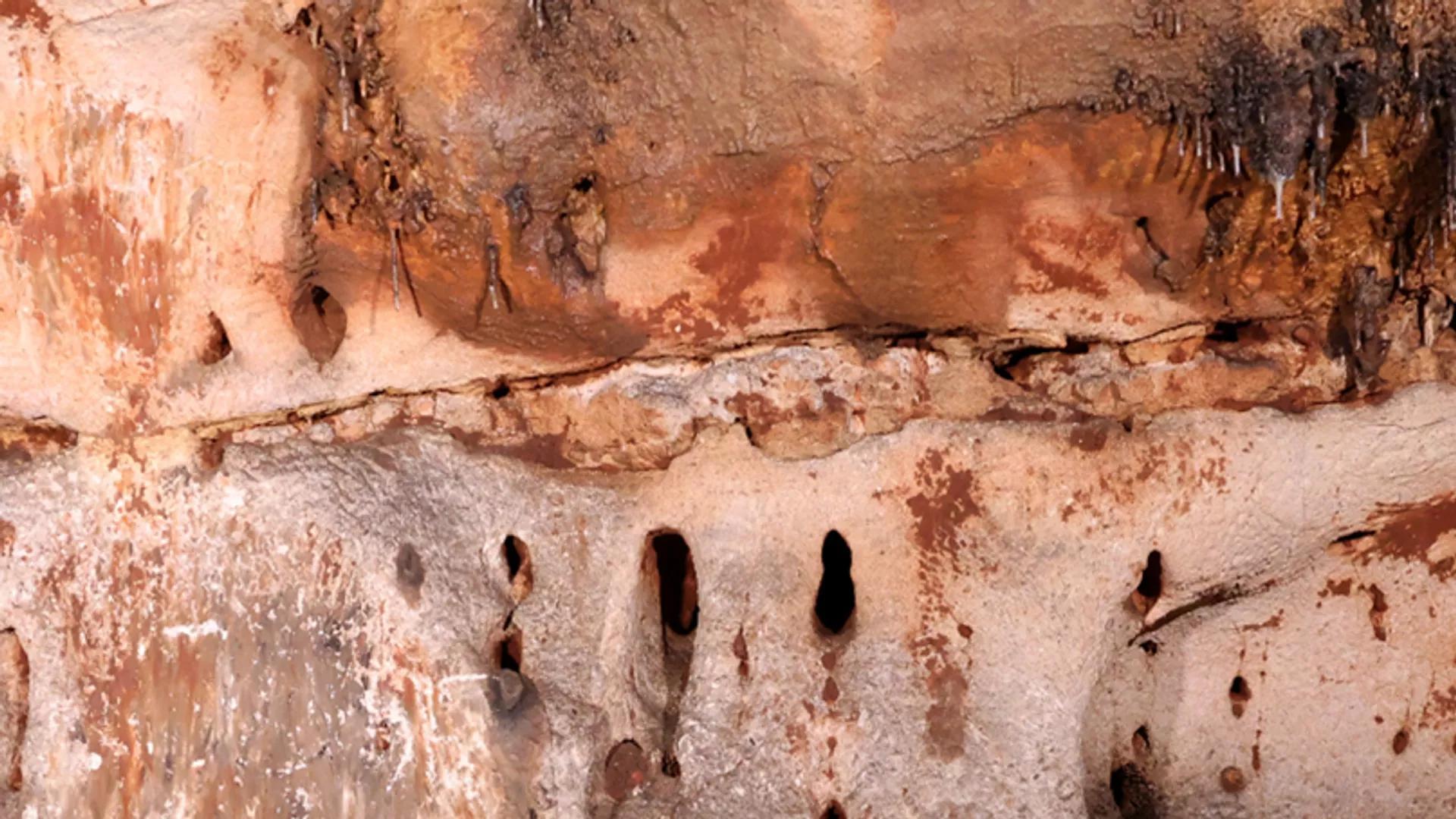Africa-Press – Namibia. The recent find is estimated to be at least 24,000 years old but the existence of the breathtaking paleolithic masterpieces had gone unnoticed, even by local hikers and explorers, until now.
Archaeologists have revealed a stunning paleolithic cave art site in Eastern Iberia, which is being hailed as one of the most significant discoveries of its kind on the European continent.
The site, situated in the Cova Dones cave near Valencia, Spain, has unveiled over 100 ancient paintings and engravings that are believed to be at least 24,000 years old. The prehistoric artworks have remained hidden for centuries, unbeknownst even to the locals who frequently visit the cave.
The groundbreaking discovery was made in June 2021 by researchers from the University of Zaragoza and the University of Alicante in Spain, in affiliation with the University of Southampton in the UK.
The research team, led by Ruiz-Redondo, Virginia Barciela-González and Ximo Martorell-Briz, has meticulously documented more than a hundred motifs within the Cova Dones cave.
The motifs, coupled with the diverse techniques used in their creation, cements the cave’s status as the most significant Paleolithic cave art site on the eastern Mediterranean coast of the Iberian Peninsula.
In fact, it rivals the Paleolithic cave with the greatest number of motifs discovered in Europe since the Atxurra cave in Bizkaia in 2015.
The cave’s artwork features at least 19 confirmed animal representations, including hinds, horses, aurochs and deer. What sets Cova apart is the unusual prevalence of clay as the primary medium for these paintings.
While clay painting is known in Paleolithic art, its examples are rare, making Cova Dones a unique and invaluable site. The research is still ongoing and the team anticipates uncovering more extraordinary art in the cave in the years to come, providing a deeper glimpse into the rich prehistoric heritage of Eastern Iberia.
The findings of study were published in the Antiquity journal.
For More News And Analysis About Namibia Follow Africa-Press






